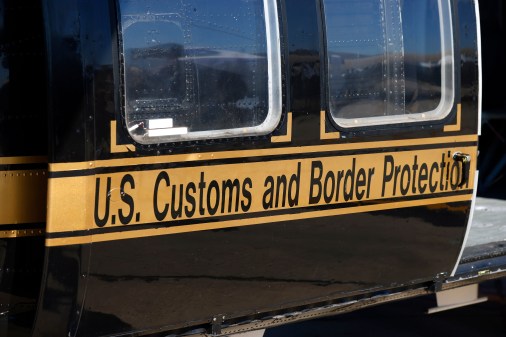The Department of Homeland Security saved more than $347 million in fiscal year 2010 by using strategic sourcing contracts, Chief Procurement Officer Nick Nayak said.
DHS used the government’s Strategic Sourcing Program for $2.6 billion of its requirements, approximately 18 percent of the agency’s $14 billion annual contracting spend, Nayak told the U.S. House of Representatives Committee on Homeland Security, Subcommittee on Transportation Security.
“The Strategic Sourcing Program has achieved success, in part, by facilitating collaboration between industry and government,” Nayak said. “The Program undertakes comprehensive market research and examines buying trends across the Department. Based on industry standards and knowledge of the marketplace, DHS refines the requirement and creates the procurement strategy. When we have used this collaboration as part of the Strategic Sourcing Program, DHS has achieved robust competitions and significant cost savings.”
The strategic sourcing contracts focused these eight areas:
- Industrial Products & Services
- Information Technology & Telecommunications
- Professional & Office Area Support Services
- Security
- Facilities & Construction
- Office Management & Miscellaneous Products
- Travel & Lodging
- Logistics Operations & Package Delivery Services
Nayak gave two examples of where strategic sourcing has benefited the agency.
First, in a wireless devices procurement, DHS learned that telecommunications carriers didn’t have the existing capability to provide the program with management reports. The procurement team decided to eliminate those requirements from the carrier agreements and develop a separate procurement for enterprise-wide reporting services.
“This modification allowed the telecommunication carriers to reduce the prices on the devises which DHS believes will result in a net savings that can be reported when the purchase is complete,” Nayak said.
He also pointed to the purchase of enterprise software licenses as part of DHS Secretary Janet Napolitano’s Efficiency Review. Nayak said multiple commercial and government sources for software licenses were evaluated, allowing the government to develop a strategy for purchasing an enterprise licenses agreement that resulted in $40 million in savings during FY 2010 due to lower prices and streamlined the procurement process.






